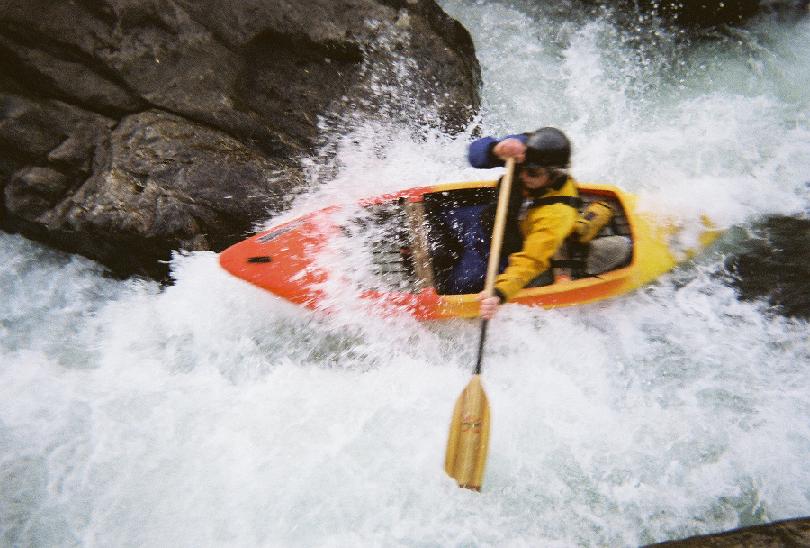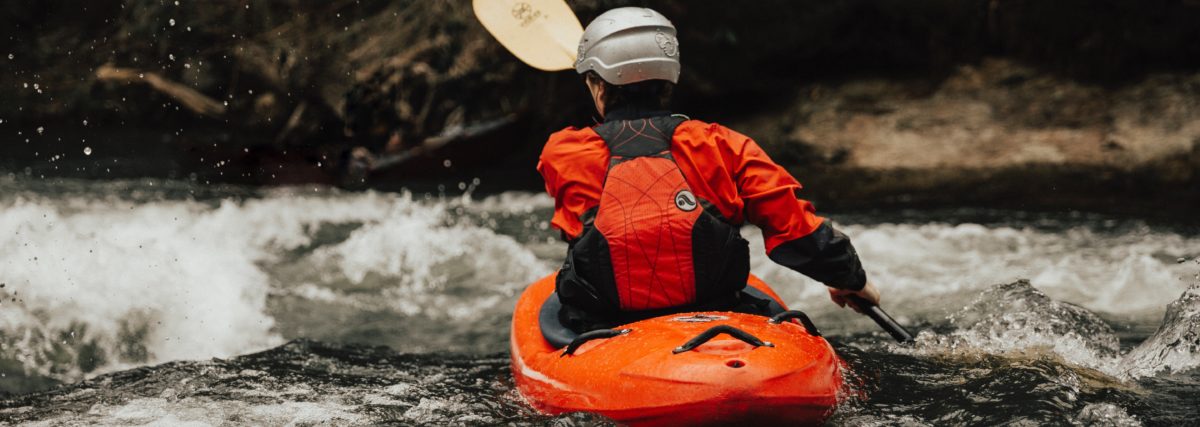One of the major skills that kayakers should have is the ability to read water conditions. Reading water is a language in itself. It’s very important to master, so that you can determine whether your kayaking adventure will be crazy or not.
It will help you understand whether you should go kayaking today (need a kayak recommendation? Read our Sun Dolphin Bali 10 ss review or our Oru kayak review here), or maybe hold off until the next day. Reading the water requires some practice, but once you master it, you will be able to predict the smoothness of your kayaking trip.
Lucky for you, there are some interesting tips and strategies for reading water, and we’ll discuss them below.
Gradients
Gradients are basically the steepness of a river, and are measured by looking over the distance of the kayaking path, and the elevation that is lost.
If the gradient is slow, the rivers tend to be slow and gentle. High gradients mean that the rivers are faster and stronger, so they would be for more experienced paddlers.
Constrictions
Constriction occurs when the river is forced into a narrow channel, between two rocks. The cumulative pressure will cause the water to flow quickly, and sharply. This is the equivalent of putting your thumb over a garden hose spout.
Obstruction
An obstruction is a rock or boulder that gets in the way of the river’s flow. This will cause the water to flow backwards and upstream of the obstruction.
Sometimes, there can be something called a “pour over”, where the water flows over the obstacle. This will result in a hole or hydraulics, as a whirlpool is created on the side. It can also cause foamy, aerated water that feels and looks like an actual hole.
The most dangerous type of obstruction that you should avoid is wood. Wood in the river causes strain, which will force the water to flow through and trap solid objects.
This will cause a major obstruction, where the current will suddenly slow down or reverse itself. Avoid this scenario at all costs.
Classes Of Rapids

Class 1
These are slow-moving waters, with small waves. There is a smaller number of obstructions, and there is minimal risk to swimmers and paddlers.
Class 2
These are rivers with wide and clear channels. This will require occasional maneuvering, however, the rocks are easily missed. This is safe for both swimmers and kayakers, who seldom get injured here.
Class 3
Rivers with an irregular wave can be difficult to avoid. This requires complex and fast maneuvering, and experienced control.
This can cause injuries to inexperienced kayakers or swimmers, so it should be avoided if this is your first time on such an adventure.
Class 4
This class is intense, and that requires experience and precision. This is definitely something to avoid if you are a beginner.
Class 5
These are many obstructions here, with fast moving rivers that can cause many injuries. The rivers are a long distance and there will be high turbulence, so extreme caution is required.
This is not recommended for boaters, or any kayakers who are not highly experienced. You should always have company with classes 5 and 6.
Class 6
This is the strongest class of rapids, and is not safe for most people, even some experts. There is high obstruction and violence with these waters, which can cause significant injuries, and even prove fatal.
Conclusion
It’s important to be aware of the conditions of the water, and how strong and intense it is before considering a kayaking adventure. You should also master your skills first, before attempting any new, exciting situations. If you are an expert, then an intense water wave or flow might be a fun challenge for you. However, if you are a beginner, it’s best to go for rivers that are more peaceful, and have fewer obstructions or irregularities.
Overall, reading water is an essential skill to have, in order to avoid future catastrophes. Know the layout of the body of water you’ll be kayaking on, so you don’t run into anything unexpected.
